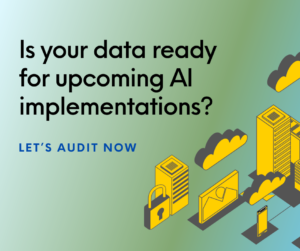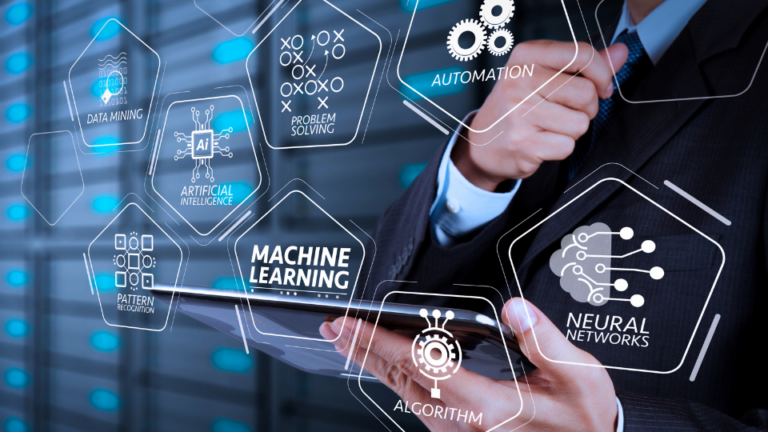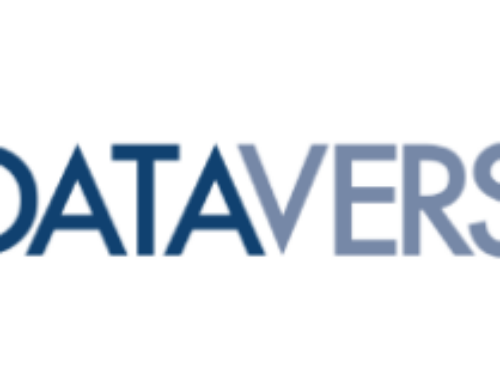The three biggest trends in AI and ML right now
It’s fair to say that artificial intelligence (AI) and machine learning (ML) have become two of the biggest commercially applicable digital phenomena over the past decade. Whether it’s within e-commerce chatbots, recruitment matching software or even AI-created music, AI and ML have truly seeped into more industries than we could have ever expected.
In fact, AI adoption has advanced so rapidly across sectors that many applications seen as cutting-edge innovations just a few years ago are now viewed as commonplace, with 37% of organizations now implementing AI in some form. That’s why it’s important to keep our fingers on the pulse of AI and ML – and to make sure we pay attention to the three biggest trends in AI and ML right now.
- AI in Cybersecurity
Cybersecurity has been around for the last 20 to 30 years, but not until now has it enjoyed the kind of power that AI can offer. However, with over 90% of the world’s data having been created in the last two years alone, and cybercrime losses being predicted to rise to over $6 trillion annually by 2021, upping our cybersecurity game is a necessary endeavor.
AI is able to handle huge volumes of security data, and it significantly reduces the time taken to detect breaches and threats. However, as always, the technology has to be used in tandem with human intelligence. While AI-enhanced cybersecurity solutions are much faster and better at identifying patterns and incidents than we are, they can only be optimized while in the hands of a human analyst.
AI can also increase the accuracy of the secure authentication process. It can determine identity by using biometric scanners, analyzing the way users type and enter keys, picking up on spelling error rates, and even comparing typing speed. We could soon be saying goodbye to passwords, as the AI could track the roles, system privileges and common actions of every user within an organization. Outliers that emerge in this tracking process would be flagged and the user would have to go through another secure authentication process, such as facial recognition or fingerprint checking.
- Business Intelligence
Using AI to power business intelligence (BI) systems seems like a no-brainer, but it’s only just gaining serious swing. AI in BI can help companies break down their ever-growing data sets, digest them and use them to deliver tailor-made insights. With AI, companies can have a powerful dashboard that gives them the business insights they need to make key decisions. Adding AI to BI gives teams the ability to predict future outcomes with a degree of confidence, allowing them to better understand the potential results of different business decisions without having to make them.
For example, let’s say a business is dealing with a mountain of invoices and transactions that come in varying formats, and has to compile and process them manually. With AI-enhanced BI, all of the documents can be compiled into a data lake, transformed into text format and integrated with all other CRM data the company might have. On the AI-powered dashboard, the company can get a 360° perspective of all of its customer and vendor transactions by being able to query both structured and unstructured data at the same time.
Augmented analytics (a branch of AI) in BI transforms the way organizations consume and use analytics content. It can help businesses to forecast outcomes, prevent machine failures, enhance customer support and make social media monitoring more efficient. It also helps bridge the gap between data scientists and other team members, by automating the process of data preparation and insight generation to create visualizations that deliver the insights.
- Semantic Search
The search engine serves as an integral part of every users’ web experience. However, in recent times, the simple keyword-based search that many companies utilize is proving insufficient in helping users find their desired type of information.
A trend that has only recently hit the radar of many in the digital space, semantic search involves using AI and natural language processing (NLP) to go beyond the dictionary definition of a word to understand a searcher’s query within its intended context. These technologies revolutionize the ways we are able to comprehend, contextualize and connect information by expanding the capacity of search engines.
The abandonment of the keyword-based search also enables the technology to expand beyond just text, including images, videos or PDF files. Semantic search platforms like that of Microsoft Azure are being used by organizations all over the world, and the hockey-stick adoption of semantic search technologies is accelerating in both businesses and everyday applications.
What’s Next?
In terms of looking to the future in AI trends, one area which is in dire need of some AI enhancement is data quality management. As we know, insights are only as good as the data that feeds them, so bad quality data is practically useless.
There is an urgent need for an AI-enabled data quality management system as we face a world where the amount of data is increasing at an incomprehensible rate. Right now, armies of people are required to ensure data quality, and most companies don’t have these resources. In the future, we will see an increasing amount of AI- and ML-enhanced solutions that save the usual time and resources spent scrubbing and verifying data to ensure its quality.
While it may seem like AI and ML are already everywhere, these technologies are only just starting out, and we can likely not yet conceive of much of what they will make possible. The potential AI and ML hold in cybersecurity, BI and semantic search is huge, so forward-thinking digital businesses should start exploring how they can get leverage them now.



















